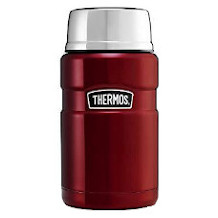Folding wagon purchasing advice: how to choose the right product
- What You Need to Know
- Unlike the classic wooden bolling wagon or cargo bolling wagon, a folding wagon is very flexible. When folded, it can fit into most car boots.
- Its mobility makes the folding wagon the ideal solution for families with children. Some models are therefore designed precisely for their (safety) needs.
- When choosing the right model, the planned areas of use should be taken into account, as this results in important functional requirements for the folding buggy.
- Regular cleaning plays a key role in the care of a folding wagon. In addition, the storage location should always be dry.
The folding wagon: A space-saving mobility solution
For excursions with small children, a folding wagon is the ideal companion for covering longer distances in a relaxed manner and for transporting sufficient provisions. A folding handcart can also be used for gardening or a trip on Father’s Day. Even in the camping sector or at festivals, this convenient transport solution has become more and more common in recent years. Thanks to the possibility of folding the entire construction to save space, it can fit in almost any car boot. This means it can be flexibly taken anywhere.
A folding wagon is a handcart that has four wheels and a drawbar at the front. The practical means of transport can be pulled or pushed by hand. In contrast to the classic wooden folding wagon, a folding wagon consists of a folding metal frame and a robust fabric that ensures the greatest possible flexibility. It is particularly interesting for families who travel a lot and do not want to do without a mobile companion for transporting either the children themselves or their luggage.
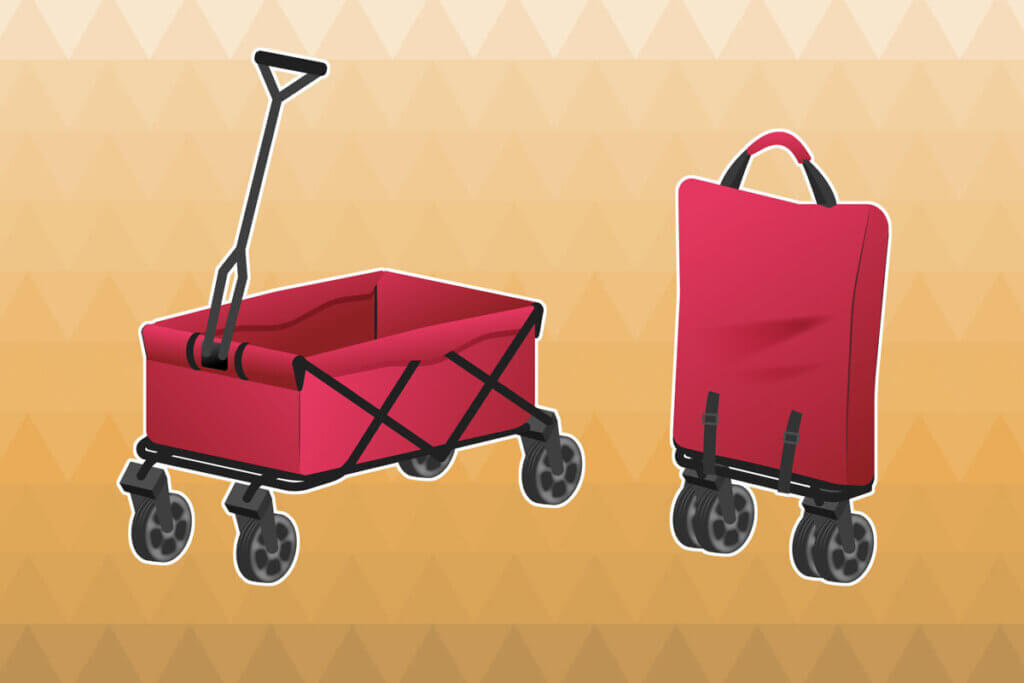
The advantages of a folding wagon at a glance:
- Low own weight and therefore easy to transport
- Can be stowed in the boot thanks to the folding function
- Flexible use (seating for small children or means of transport)
- Can be used on different surfaces (different types of tyres available)
- Optional roof can be used as a sunshade
Historical background: handcart as a popular perennial favourite
Handcarts will probably never go out of fashion, especially among families with children. After all, modern designs such as foldable models offer a great deal of flexibility in everyday life. This form of transport actually originated in agriculture, where it was used to transport milk churns or similar goods. Also in the post-war period, many people on the run used a handcart to transport their belongings. Consequently, it is a cross-generational means of transport that appeals not only to families due to its functional diversity.
After a functional evolutionary stage came onto the market with folding wagons, sales of this practical means of transport have picked up again. For as stable and popular as classic wooden handcart trolleys are, they cannot be transported flexibly and are therefore only suitable for tours and excursions to a limited extent. In this respect, the folding wagons are ahead of them.
Comparison of handcart types
Cart trolleys are available in a variety of materials and designs. Depending on the model and design, they can be made of wood, metal, fabric or various plastics. Models made of wood are generally considered prototypes.
Wooden bollard carts: The classics
Wooden buggies in various colours are very popular with children. The advantage is that they are very stable and durable. In addition, the wood in combination with an individual design provides a valuable look. In contrast to folding wagons, wooden models are considerably heavier, but they are suitable for transporting heavier loads. Some models also have an integrated roof that protects against rain and sun. Models with pneumatic wheels are particularly convincing for the occupants because of their better suspension. Finally, a supporting steel structure provides the necessary robustness of the construction.
Folding wagons offer much greater mobility. While wooden boller carts fit into almost no car boot, foldable models can be taken anywhere as a practical companion. Assembly and disassembly is usually very simple: the entire construction can be folded in just a few steps. By incorporating robust fabrics that are ideally dirt-repellent, the weight of folding wagons is considerably lower. This does mean that they are less stable overall or that their payload is limited. For recreational use in family life, however, this does not result in any restrictions, as the load-bearing steel construction can withstand sufficient weight.
In addition to a sun roof, some models also have a floor insert for more comfort. In contrast to rigid wooden hand trucks, foldable models wear out more quickly – especially if they are used very often. In contrast, the synthetic fabric and powder-coated metal frame of a folding wagon proves to be more weather-resistant. Wood suffers from moisture over time, especially if small cracks have formed in the surface.
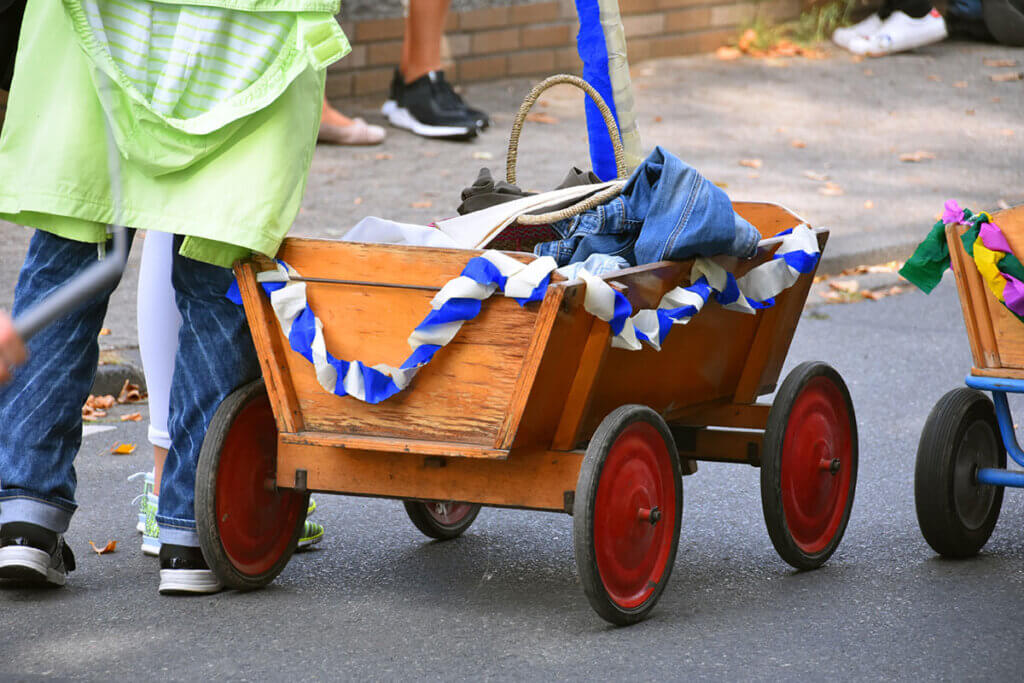
The following table once again illustrates the most important differences between folding and wooden boller carts:
| Folding wagon | Wooden bollard wagon | |
| Weight | relatively light | relatively heavy |
| Tyres | various options | mostly pneumatic tyres |
| Transportability | very flexible | very limited |
| Long-term maintenance | weather-resistant | time-consuming wood maintenance |
| Storage | Space-saving possible | in cellar or garage |
| Range of functions | can be flexibly extended by accessories | very few accessories can be used |
| Comfort | more comfortable for children and easier to push | rather uncomfortable and more effort required |
Folding dolly trolley: For transport purposes
If you are looking for a practical solution for gardening or renovation work, you would be well advised to use a dolly trolley. Such a trolley is very stable, so that even heavy loads – sometimes up to 250 kilograms – can be moved comfortably. For example, large tree trunks can be moved from A to B without any problems.
A bollard truck is usually made of wood or metal. The size of the tyres is crucial for ease of use: the larger the tyres, the easier it is to move a dolly. However, a dolly trolley is only suitable for children to a limited extent, as there is a greater risk of injury due to the safety devices and the metal bars. The manufacturer’s instructions for use should therefore be followed carefully. In any case, a folding wagon is the exact opposite of a lightweight, extremely flexible folding wagon. If you want to cover different areas of use, you may have to invest in a second dolly.
What matters when buying
In order to find the right model for a life on the move, there are one or two aspects to consider when making a purchase decision. For example, if you are interested in a folding wagon for children, you should pay attention to the manufacturer’s recommended age specifications. If the handcart is also intended for other purposes, it also does no harm to take a look at the respective product description. There you can read how heavy the folding wagon can be loaded and whether there are any areas that are excluded from use.
The more flexible and frequent the use of a folding trolley for excursions, the more likely it is that a foldable model will be considered. Especially in rented flats, the cellar often does not offer enough space to permanently store a wooden handcart. A folding wagon, on the other hand, can even be folded and stored in the living room. So what are the basic options to consider? Is it more comfortable to have rubber or pneumatic tyres? Is a sun canopy desirable? And is the handle adjustable for pulling? With a view to making a well-founded and, above all, use-oriented choice, the following criteria should be weighted individually.
The measure of all things: Will the folding wagon fit in the boot?
With a folding wagon, it is advisable to take a close look at the dimensions and measure if necessary. Some models can be up to 1.5 metres long. The decisive factor is how many children it will hold. If it is to be taken on regular outings, it must definitely fit in the boot. In this way, you can also check at the same time whether there is a permanent place to store it.
The load: What can I take with me?
Before buying, make sure that the desired model has a permissible load for the intended purpose. As a guide: most folding wagons can move between 50 and 100 kilograms. This is enough for two to three small children and provisions on board. However, if you want to move a heavier load with a folding wagon, you should explicitly look for models with a higher maximum load capacity.
Tyres: essential for comfort and off-road mobility
Pneumatic tyres provide better suspension, but are also much more prone to punctures, for example in the event of shards on the path. Large or double tyres are a prerequisite for the folding wagon to move well even on challenging terrain.
Sensible equipment for models with pneumatic tyres
If you opt for pneumatic tyres, you should always have a repair kit and air pump with you in case of an emergency. Alternatively, a folded trolley is easy to carry if the distance to be covered is not too long.
The equipment: A roof over your head and a bench for seating comfort
A roof can be an advantage not only in the summer months to keep out the UV radiation. A roof can also be used as protection against rain. When deciding which model to buy, it is important to consider the level of comfort offered by the equipment of the buggy and which accessories the manufacturer offers for later retrofitting. Some models even have an integrated bench seat to increase comfort for the small passengers. In this case, interested parties should check whether such a seat can be removed for other transport purposes.
Safety goes with you: Stable, visible, stoppable
Especially when children are on board the folding wagon, safety is of central importance for parents. The construction should be stable overall and should not tip over. Despite the folding function, the design should also be very compact, which can be seen, for example, in a wide axle and large tyres. It is advisable to check how the construction locks into place and what protective devices are provided in this regard. As far as safety is concerned, visibility is the main focus in the dark season. Ideally, reflectors are already included in the delivery.
If the handcart is to be parked on a slope, integrated parking brakes are a clear advantage. This basically applies to every type of handcart. Even when going downhill with a heavily loaded handcart, a brake is a comfortable relief.
The driving characteristics: How comfortable is the trip?
In terms of driving characteristics, the wheels play a role first and foremost. Solid rubber tyres tend to make the trip more difficult or uncomfortable for the passengers as well as for the person pulling. It is also important to check how smooth the steering is and whether the drawbar can be individually adjusted to the body height. With some models it is not only possible to pull the folding wagon, but also to push it. This can be more comfortable for some people and has the advantage that the child is always in view. Some models also have pads sewn into the covers, which noticeably increase the comfort level.
Compatibility: Suitable for other uses?
There are a few models that can be attached to a bicycle. These folding wagons could therefore be used for an even greater range. Wide tyres and a bicycle hitch are the basic technical requirements for such models.
Versions for children: Safe for the offspring, easy for the parents
For families, it makes sense to choose models specially designed for children. Appropriate information should be included in the product description at first glance. In this context, among other things, the age recommendation should be checked as a selection criterion. Most models are recommended for children from the age of two. Removable covers facilitate cleaning, which is particularly frequent when transporting children.
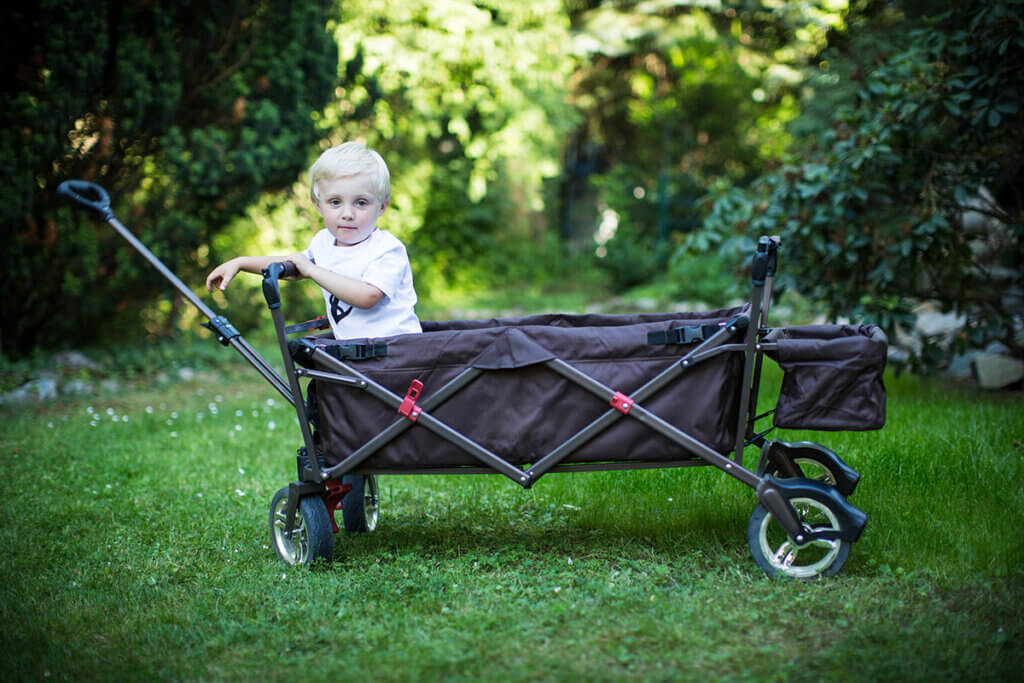
Furthermore, additional safety considerations always apply with children. Locking joints with safety discs, for example, prevent fingers from getting caught. The TÜV seal also stands for verified safety.
Care tips: How to keep the folding wagon mobile
Since a folding wagon is primarily used outdoors, it should be cleaned regularly. Ideally, a hand brush should always be at hand – after all, no one wants dirt from the wheels in the boot. The interior should be cleaned regularly with a battery-powered vacuum cleaner in case, for example, children have left behind leftover provisions on the last trip. The metal frame should be cleaned with a soft cloth. If there is more stubborn or dried-on dirt on the surface, a little washing-up liquid will help to clean it. In order to be able to use the intended guarantee, the manufacturer’s instructions should be observed with regard to proper use. This applies in particular to the permissible total load.
On some models, parts of the fabric covering can be removed and washed. The manufacturer’s care instructions should be followed to ensure the longevity of the folding wagon. Parts that cannot be removed or washed can usually be cleaned with a soft cloth and water.
With a view to the professional care of a folding wagon, storage also comes into focus. It is advisable not to expose the textiles unnecessarily to wind and weather. If possible, use a dry storage place. Permanent moisture can lead to rust in the long run and thus negatively affect the overall stability of the folding construction.
Long-term protection for folding wagons
If the existing covers are not impregnated from the outset, we recommend this subsequent protection. Impregnation provides effective protection against moisture. If the folding wagon gets wet on the way, it should also be allowed to dry when unfolded after transport to prevent the formation of mould.

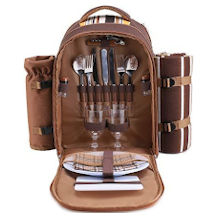
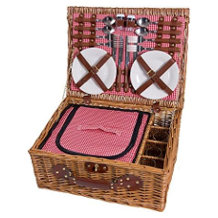
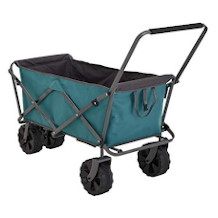
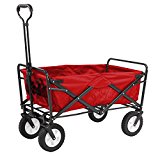

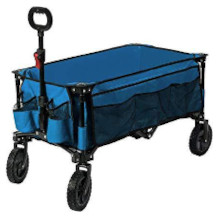

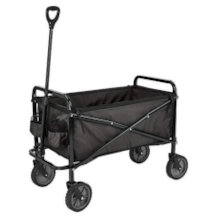
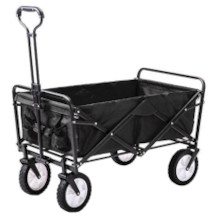

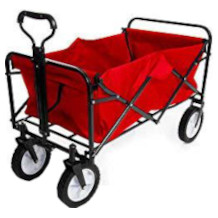
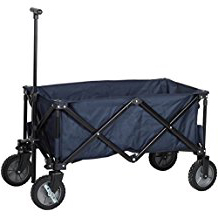

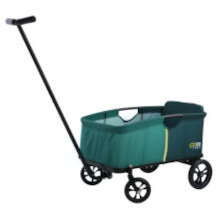
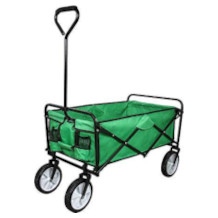

 382 reviews
382 reviews

